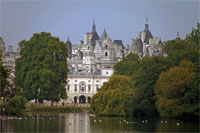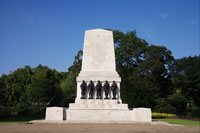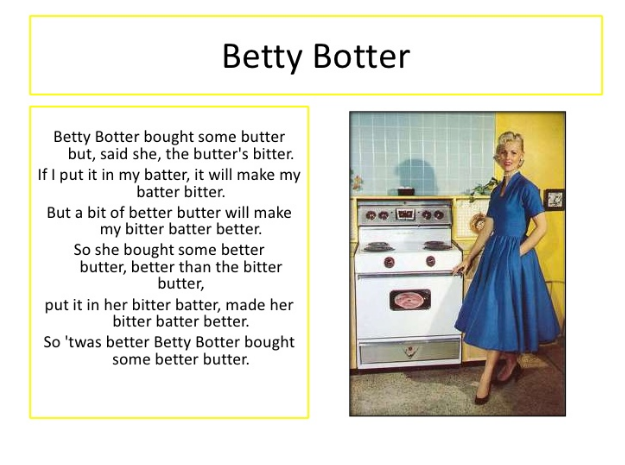Andrew Carnegie

American industrialist and philanthropist
Andrew Carnegie, (born November 25, 1835, Dunfermline, Fife, Scotland—died August 11, 1919, Lenox, Massachusetts, U.S.), Scottish-born American industrialist who led the enormous expansion of the American steel industry in the late 19th century. He was also one of the most important philanthropists of his era.
Carnegie’s father, William Carnegie, a handloom weaver, was a Chartist and marcher for workingman’s causes; his maternal grandfather, Thomas Morrision, also an agitator, had been a friend of William Cobbett. During the young Carnegie’s childhood the arrival of the power loom in Dunfermline and a general economic downturn impoverished his father, inducing the Carnegies to immigrate in 1848 to the United States, where they joined a Scottish colony of relatives and friends in Allegheny, Pennsylvania (now part of Pittsburgh). Young Andrew began work at age 12 as a bobbin boy in a cotton factory. He quickly became enthusiastically Americanized, educating himself by reading and writing and attending night school.
At age 14 Carnegie became a messenger in a telegraph office, where he eventually caught the notice of Thomas Scott, a superintendent of the Pennsylvania Railroad Company, who made Carnegie his private secretary and personal telegrapher in 1853. Carnegie’s subsequent rise was rapid, and in 1859 he succeeded Scott as superintendent of the railroad’s Pittsburgh division. While in this post he invested in the Woodruff Sleeping Car Company (the original holder of the Pullman patents) and introduced the first successful sleeping car on American railroads. He had meanwhile begun making shrewd investments in such industrial concerns as the Keystone Bridge Company, the Superior Rail Mill and Blast Furnaces, the Union Iron Mills, and the Pittsburgh Locomotive Works. He also profitably invested in a Pennsylvania oilfield, and he took several trips to Europe, selling railroad securities. By the age of 30 he had an annual income of $50,000.

During his trips to Britain he came to meet steelmakers. Foreseeing the future demand for iron and steel, Carnegie left the Pennsylvania Railroad in 1865 and started managing the Keystone Bridge Company. From about 1872–73, at about age 38, he began concentrating on steel, founding near Pittsburgh the J. Edgar Thomson Steel Works, which would eventually evolve into the Carnegie Steel Company. In the 1870s Carnegie’s new company built the first steel plants in the United States to use the new Bessemer steelmaking process, borrowed from Britain. Other innovations followed, including detailed cost- and production-accounting procedures that enabled the company to achieve greater efficiencies than any other manufacturing industry of the time. Any technological innovation that could reduce the cost of making steel was speedily adopted, and in the 1890s Carnegie’s mills introduced the basic open-hearth furnace into American steelmaking. Carnegie also obtained greater efficiency by purchasing the coke fields and iron-ore deposits that furnished the raw materials for steelmaking, as well as the ships and railroads that transported these supplies to his mills. The vertical integration thus achieved was another milestone in American manufacturing. Carnegie also recruited extremely capable subordinates to work for him, including the administrator Henry Clay Frick, the steelmaster and inventor Captain Bill Jones, and his own brother Thomas M. Carnegie.

Carnegie, Andrew
Andrew Carnegie.
Rare Book and Special Collections Division/Library of Congress, Washington, D.C.
In 1889 Carnegie’s vast holdings were consolidated into the Carnegie Steel Company, a limited partnership that henceforth dominated the American steel industry. In 1890 the American steel industry’s output surpassed that of Great Britain’s for the first time, largely owing to Carnegie’s successes. The Carnegie Steel Company continued to prosper even during the depression of 1892, which was marked by the bloody Homestead strike. (Although Carnegie professed support for the rights of unions, his goals of economy and efficiency may have made him favour local management at the Homestead plant, which used Pinkerton guards to try to break the Amalgamated Association of Iron, Steel, and Tin Workers.)

Andrew Carnegie.
© Photos.com/Thinkstock
In 1900 the profits of Carnegie Steel (which became a corporation) were $40,000,000, of which Carnegie’s share was $25,000,000. Carnegie sold his company to J.P. Morgan’s newly formed United States Steel Corporation for $250,000,000 in 1901. He subsequently retired and devoted himself to his philanthropic activities, which were themselves vast.
Carnegie wrote frequently about political and social matters, and his most famous article, “Wealth,” appearing in the June 1889 issue of the North American Review, outlined what came to be called the Gospel of Wealth. This doctrine held that a man who accumulates great wealth has a duty to use his surplus wealth for “the improvement of mankind” in philanthropic causes. A “man who dies rich dies disgraced.”

Booker T. Washington (front row, centre left), with Andrew Carnegie and other sponsors of the Tuskegee Normal and Industrial Institute (later Tuskegee University), Alabama, 1903.
Booker T. Washington (front row, centre left), with Andrew Carnegie and other sponsors of the Tuskegee Normal and Industrial Institute (later Tuskegee University), Alabama, 1903.
Library of Congress, Washington, D.C.
Carnegie’s own distributions of wealth came to total about $350,000,000, of which $62,000,000 went for benefactions in the British Empire and $288,000,000 for benefactions in the United States. His main “trusts,” or charitable foundations, were (1) the Carnegie Trust for the Universities of Scotland (Edinburgh), founded in 1901 and intended for the improvement and expansion of the four Scottish universities and for Scottish student financial aid, (2) the Carnegie Dunfermline Trust , founded in 1903 and intended to aid Dunfermline’s educational institutions, (3) the Carnegie United Kingdom Trust (Dunfermline), founded in 1913 and intended for various charitable purposes, including the building of libraries, theatres, child-welfare centres, and so on, (4) the Carnegie Institute of Pittsburgh, founded in 1896 and intended to improve Pittsburgh’s cultural and educational institutions, (5) the Carnegie Institution of Washington , founded in 1902 and contributing to various areas of scientific research, (6) the Carnegie Endowment for International Peace , founded in 1910 and intended to disseminate (usually through publications) information to promote peace and understanding among nations, (7) the Carnegie Corporation of New York , the largest of all Carnegie foundations, founded in 1911 and intended for “the advancement and diffusion of knowledge and understanding among the people of the United States” and, from 1917, Canada and the British colonies. The Carnegie Corporation of New York has aided colleges and universities and libraries, as well as research and training in law, economics, and medicine.

Cartoon depiction of Andrew Carnegie, 1903.
© Photos.com/Thinkstock
Chief among Carnegie’s writings are Triumphant Democracy (1886; rev. ed. 1893), The Gospel of Wealth, a collection of essays (1900), The Empire of Business (1902), Problems of To-day (1908), and Autobiography (1920).
Carnegie married Louise Whitfield in 1887. Until World War I, the Carnegies alternated between Skibo Castle in northern Scotland, their home in New York City, and their summer house “Shadowbrook” in Lenox, Massachusetts.


 Learn English for free
Learn English for free 


































